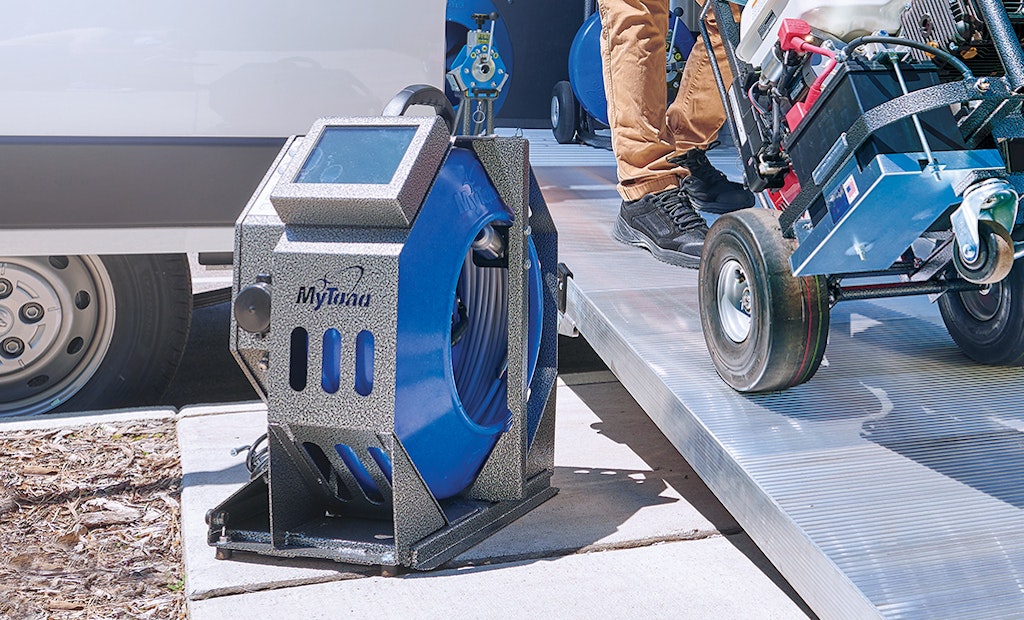Interested in TV Inspection?
Get TV Inspection articles, news and videos right in your inbox! Sign up now.
TV Inspection + Get AlertsPurchasing an inspection camera can be one of your most important investments in the drain cleaning and plumbing industry. Having the right camera in your toolset can boost your efficiency, productivity, and ultimately your profitability. If you are considering a push-cam, you want to make sure your investment is the right one, especially if you’re a self-employed professional.
In addition to setting a realistic budget based on your business needs, you’ll want to consider three main areas: what your typical job site looks like (residential vs. commercial, etc.); what features are important to you, including video and display size; and the types and sizes of pipes you’ll normally be inspecting.
Consider your work environment
Where you work will have a major impact on the best camera choice for you. If you perform most of your inspections through basement clean-outs or need to inspect multiple access points on a job, a smaller, more portable unit is your best choice. It will be easier to carry up and down stairs and less likely to dent a customer's walls and woodwork. This is also true if you more often serve apartment complexes or large corporate buildings rather than single-family homes.
On the other hand, if you inspect primarily through outdoor manholes, portability is less of a consideration, and the thicker pushrod of a larger system will offer better performance when inspecting larger lateral connections and small mains. As you won’t often need to carry your tools up or down a level, bigger systems that meet your future needs can be considered.
Play into pipe size
Naturally, size of pipe has great bearing on camera system choice. Common sense says the larger the pipe diameter, the larger the system should be. However, larger systems do have thicker, more rigid pushrods which cannot traverse bends in smaller lines and may also have larger camera heads that simply do not fit. Conversely, smaller-diameter systems are designed with more flexible rods to negotiate tighter bends. These systems will fit in larger lines but may suffer the 'wet noodle' effect where the rod twists back and forth, bunching up in the line.
Review key features
Today’s camera systems include a host of options, particularly with video quality and display size. At their core, inspection cameras are built to see what is inside a pipe, so be sure to check a camera’s image clarity. You want to be sure of what you are diagnosing. Generally, screen size increases with system size. Construction of the products and electronics you choose are also vital considerations. Your camera will need to withstand harsh environments and somewhat rugged use. When thinking about the electronic components, you will want to see what repair options are available and how easy it is to use overall. You may also want to consider if adjustable brightness of the display screen is helpful for you, as well as how video can be recorded, downloaded and saved from the system. Access to video later can be beneficial during a job itself, but it can also be used for your own marketing and business content purposes.
Ultimately, any tool performs best within a limited range of applications. In the world of drain cleaning, a tool that says it does it all for every situation probably doesn’t serve any of those situations particularly well. Making the best choice involves understanding what your most common applications are, and how well the system can manage the challenges when used outside that range. Ask questions of vendors, understand your business needs and consider the lifespan of the camera you invest in, and you’ll be on your way to making a beneficial investment for your drain cleaning business.
Learn more about MyTana’s family of inspection systems.
Visit the MyTana Storefront






